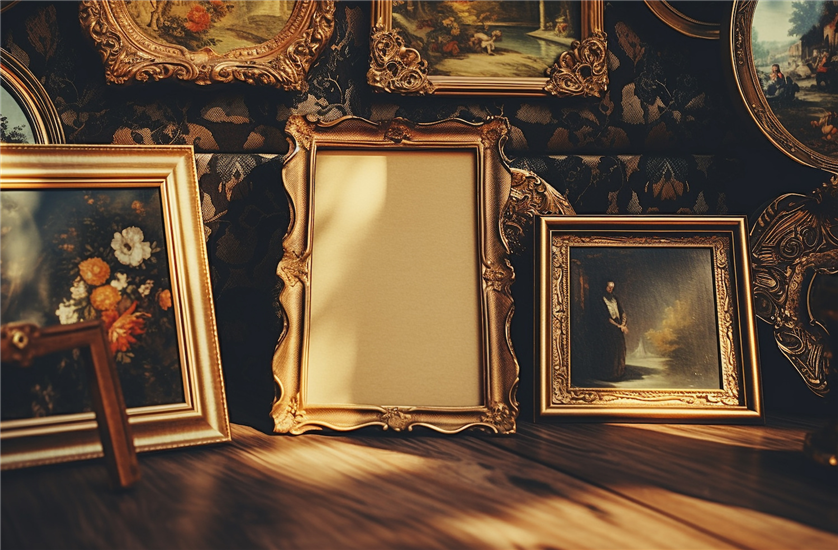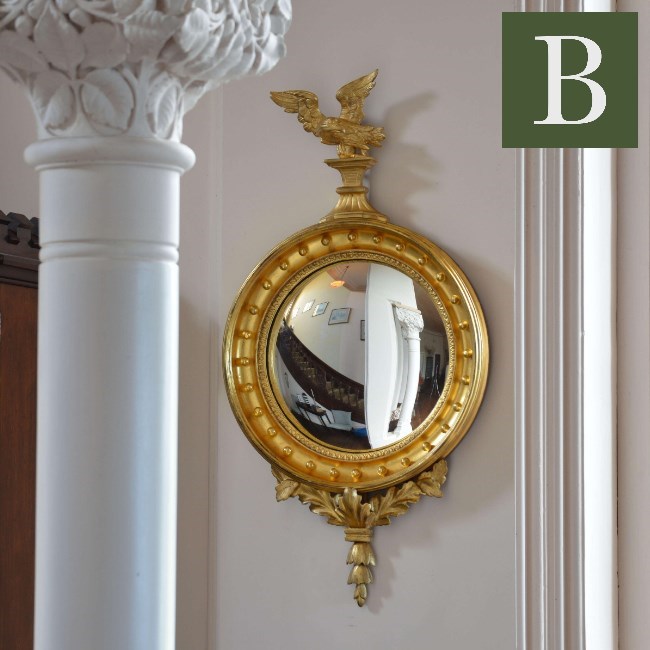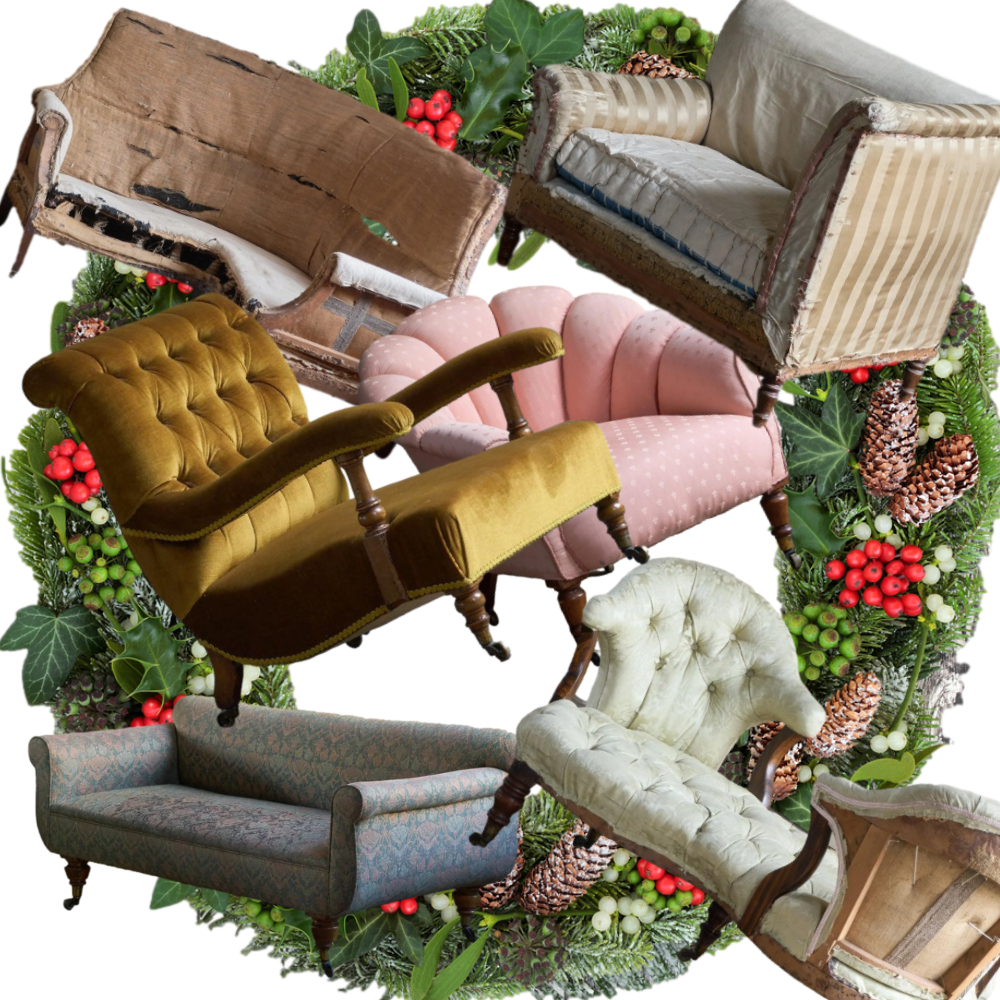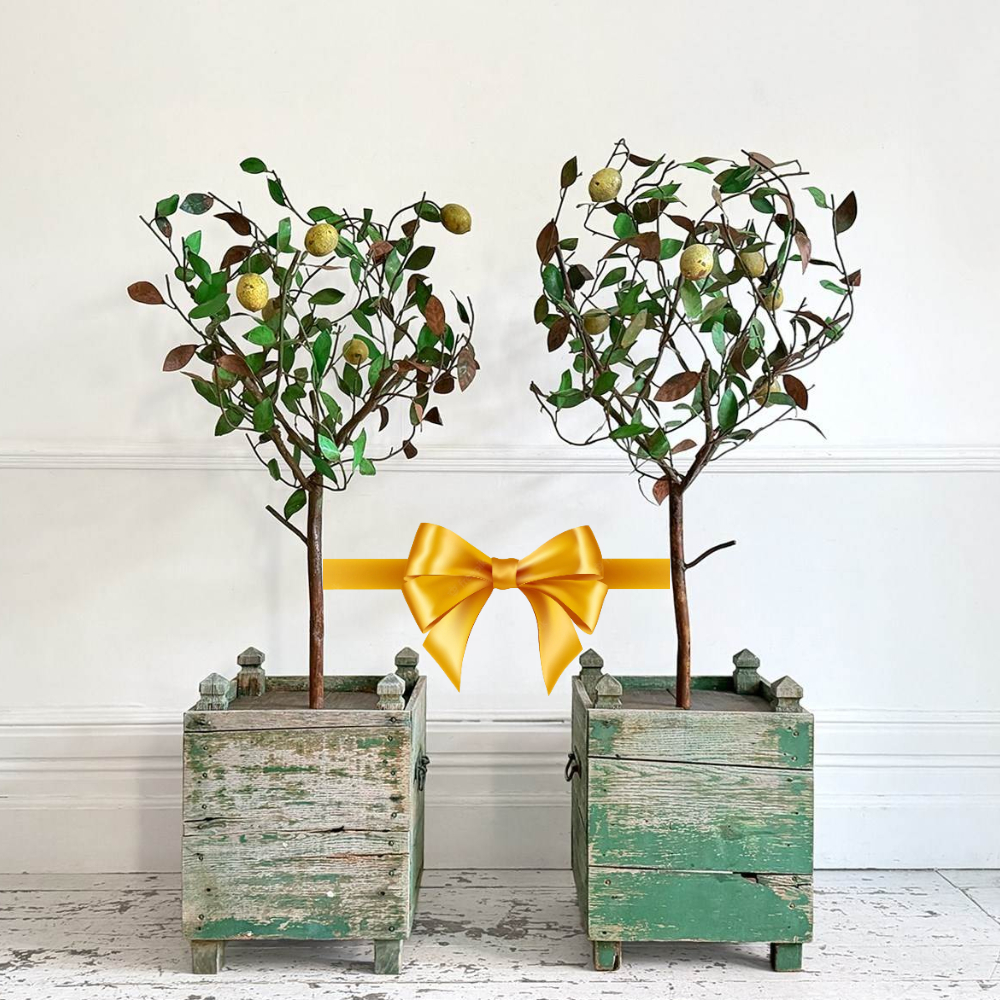
Picking a frame to suit the era of a picture or photograph can be challenging. When you consider that artists have been framing their work for hundreds of years, it’s little wonder there are so many different styles on offer.
If you want something appropriate to the picture you’re framing, read on to learn more about picture frame styles through the ages.
A brief history of picture frame styles
There is some debate about the first-dated picture frames, but most agree that the earliest frames in Europe appeared in the 12th century. As framing evolved, so did the materials and designs, typically reflecting the fashion of the time.
Medieval European frames
European frames in the 12th and 13th centuries were made of wood and typically reflected the period’s architecture. Tabernacle frames are an excellent example of this. These ornate wooden frames housed religious icons in a Gothic style.
Heavy and cumbersome, they primarily existed inside churches and cathedrals, so portability wasn’t an issue. As architecture and art evolved, these early wooden frames changed to reflect the time.
Early American picture frames
Early American picture frames were much simpler, but not without their own flair. Made from wood, they were often decorated with agricultural motifs, such as wheat sheaves, vines, and leaves.
The simplicity of these mouldings allowed the frame’s native wood to stand out.
Victorian picture frames
The Victorian era introduced an altogether different type of frame. Constructed from wood and covered with gold leaf, these frames had decorative elements that created an opulent look and feel.
To coincide with the Industrial Revolution, some elements of the Victorian picture frame were pre-made. Decoration could be made from resin, pressed into moulds, and then added to the frame.
Art Deco frames
The Art Deco period (1920s and 30s) saw a much simpler picture frame style. Pared back with geometric shapes and simple motifs, these frames reflected the modern era of art and design.
You’ll find Art Deco frames in wood, metal, and plastic with a characteristic smooth, clean finish and symmetrical construction.
How to identify an antique frame
It’s not easy to distinguish an antique picture frame from a replica. Consider some of these factors when you’re assessing a piece:
- Weight – genuine antique picture frames are heavier than modern replicas because they are made from real wood.
- Maker’s marks – look for a ‘craftsman's mark’ with a date of origin on the back of the frame. It might take the form of a label or a metal stamp.
- Condition – the frame's condition will tell you a lot about its age. Look at the back of the frame for signs of distress to the wood.
- Materials – Is the frame made of real wood? If you can see plaster where the frame has chipped, it’s unlikely to pre-date the 19th century.
Picture frame styles wrapped up
Like Edgar Degas, we believe the frame is just as important as the picture. It gives the picture structure and sets the tone for its reception.
It’s worth spending time researching your options, but remember, the only bad decision is the one you never made. Regardless of its provenance, if you love a piece, it’s worth investing in it!






